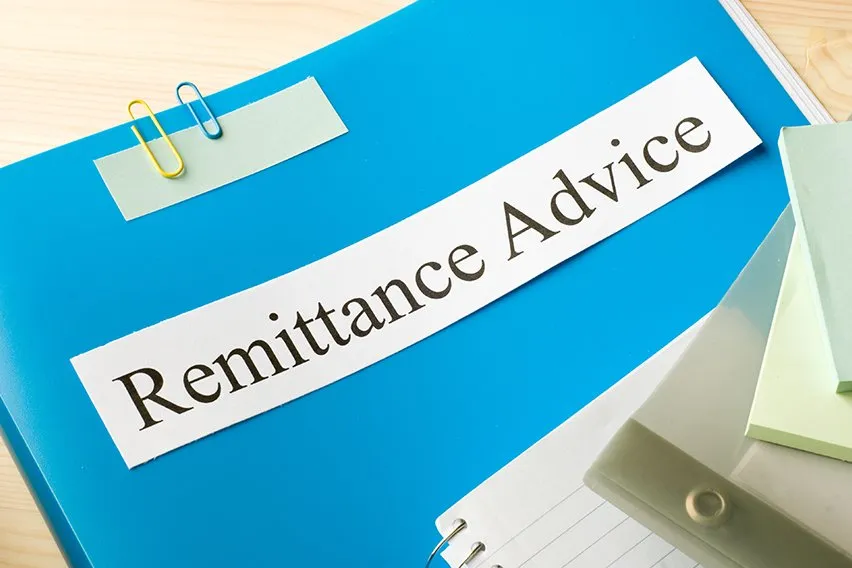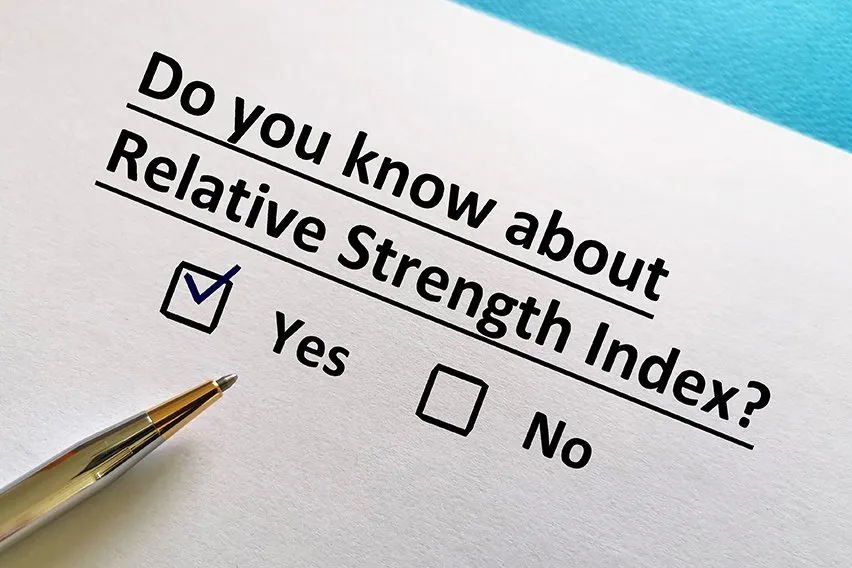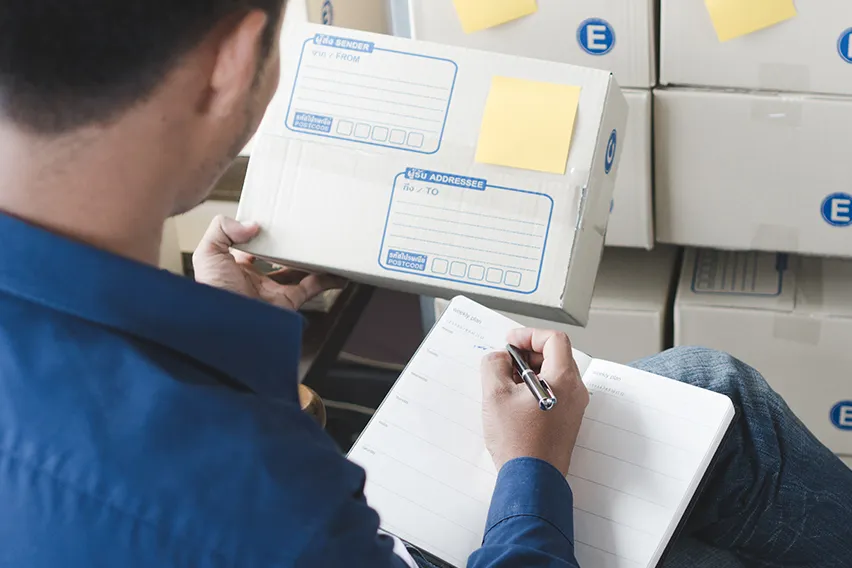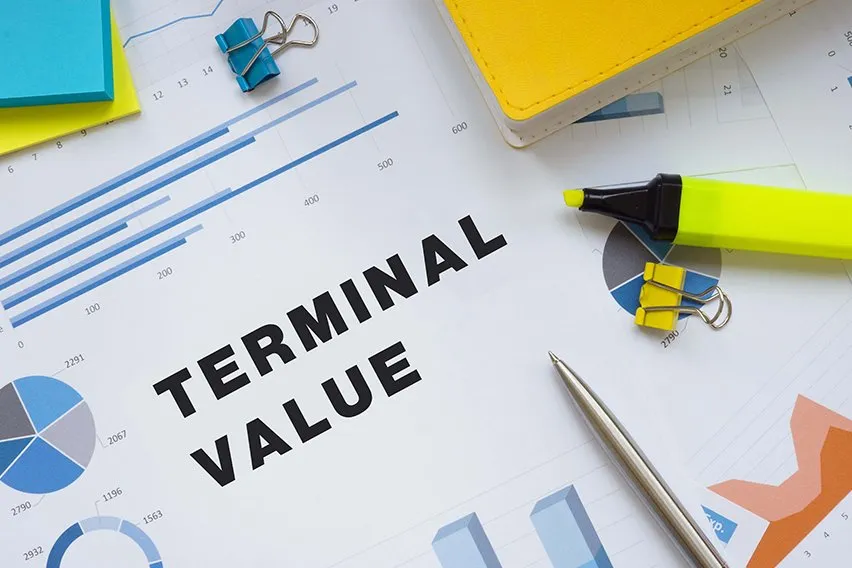What Is a Remittance Advice Slip for Payments & How Does It Work?

Remittance advice can make the invoicing process smoother for you and your clients. But what is a remittance advice? Find out in today’s guide!
Remittance advice enables the invoicing process for the customer and supplier. It’s essentially a way of transmitting clear communication about a financial transaction. It’s not mandatory and it’s not regulated. But remittance advice can be helpful to you as a business.
Here’s What We’ll Cover:
Types of Remittance Advice Formats
What Should Be On a Remittance Advice Slip?
What To Do With Remittance Advice Slips
What Is Remittance Advice?
Simply put, remittance advice is proof of payment. The customer sends you a document to confirm that they have paid the invoice. You can then check payment was received using the payment details in the payment remittance. It’s a way of keeping communication between the client and supplier much clearer.
You’ll find it much easier to track a payment if the customer sends you a remittance advice slip.
You can then mark off the accounts receivable on your accounting system as paid when you receive the confirmation document.
You use remittance advice documents most often with international payments. This is because overseas payments can take much longer for banks to process. If the customer sends

Types of Remittance Advice Formats
Your client can send payment remittance in multiple ways. They can send it via mail to your company address. More often they’re sent via email to the company email address. Alternatively, some accounting systems send automatic payment confirmations. There are three main ways that these documents are presented:
- Basic remittance adviceThis is a simple document that the client creates themselves to send you proof of payment.
- Scannable remittance advice Some online accounting systems allow for scannable remittance advice slips. That means the client can print it off and fill in the payment information and scan it back.
- Removable remittance advice slipsThese are common on printed invoices. The bottom of the invoice is tearable. Therefore the client can sign it and mail it back to you as the supplier once they’ve made the payment.
What Should Be On a Remittance Advice Slip?
Remittance advice slips aren’t required by law. They are a bonus step to help facilitate financial transactions. There are no legal guidelines for them. So, in theory, you can make a remittance slip however you like.
However, our advice would be to include:
- Client’s name and address
- Supplier’s business name and address
- Method of payment (e.g cheque, electronic funds transfer etc)
- The payment amount stated on the invoice
- Unique invoice number found on the invoice

What To Do With Remittance Advice Slips
These are documents meant to help you streamline your accounting process. The purpose is for you to collect the slips from your customers and match them to the corresponding payments. Keeping them safe and recorded is a best practice. You can do this by scanning and saving it to an online folder. You could keep the paper slip in a physical file. Alternatively, if you use an invoicing system like ours, you can scan the remittance advice slip and attach it to the invoice. That keeps all of your records safe and together. In the case of a financial audit, remittance advice slips are helpful to have around.
Though, again, they aren’t required. You wouldn’t be penalised for not having remittance payment slips for your invoices.
Key Takeaways
It’s completely up to you as a business owner to decide whether or not you’ll use payment remittance documents or not. They are simply a means to clarify communication. They are definitely helpful if you do a lot of international business. However, if you have an online payment system or a payment processor, auto confirmations are commonplace. You may not need the classic payment remittance to make sure you are paid.
For more accounting guides like this one, head to our resource hub!
RELATED ARTICLES

 Dividend Policy: Definition, Types & Examples
Dividend Policy: Definition, Types & Examples Relative Strength Index (RSI): Definition & Calculation Guide
Relative Strength Index (RSI): Definition & Calculation Guide What Is a Delivery Note? Everything You Need to Know
What Is a Delivery Note? Everything You Need to Know What Is Terminal Value & How to Calculate It in DCF
What Is Terminal Value & How to Calculate It in DCF Grant Vs Loan: What’s the Difference?
Grant Vs Loan: What’s the Difference? What are Ordinary Shares?
What are Ordinary Shares?